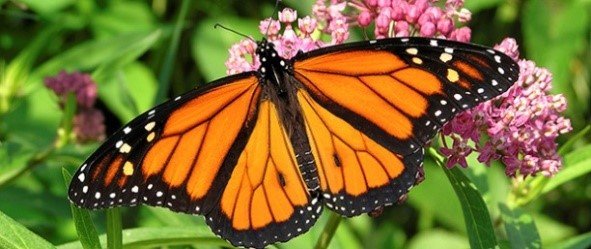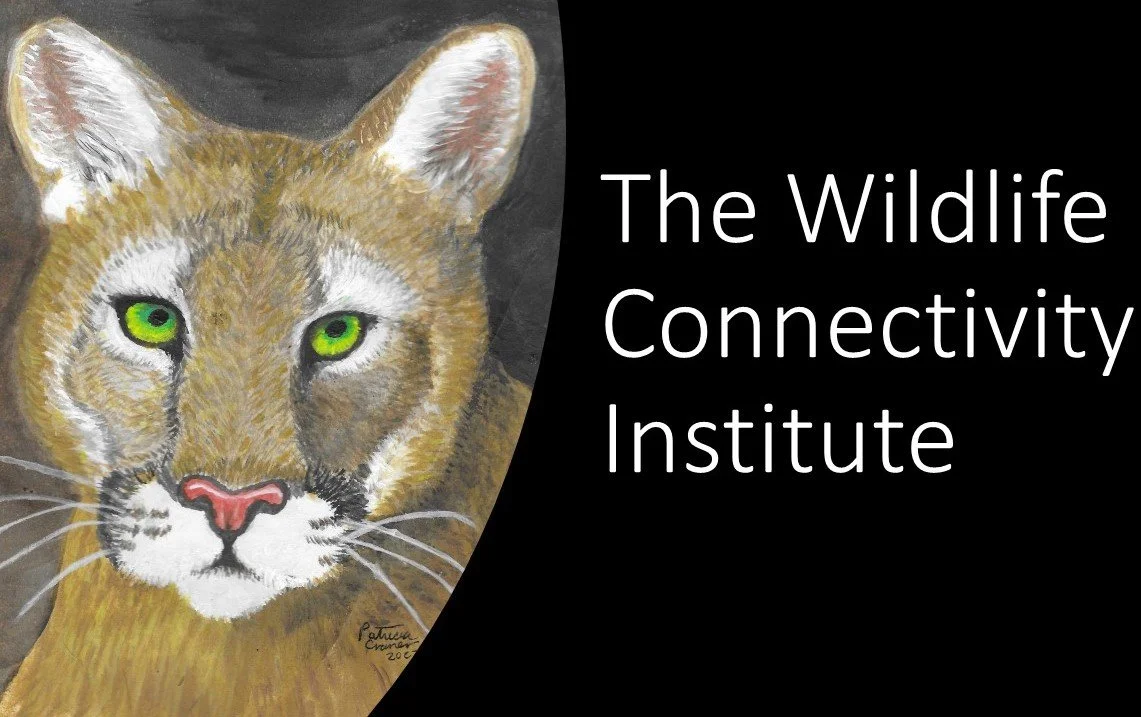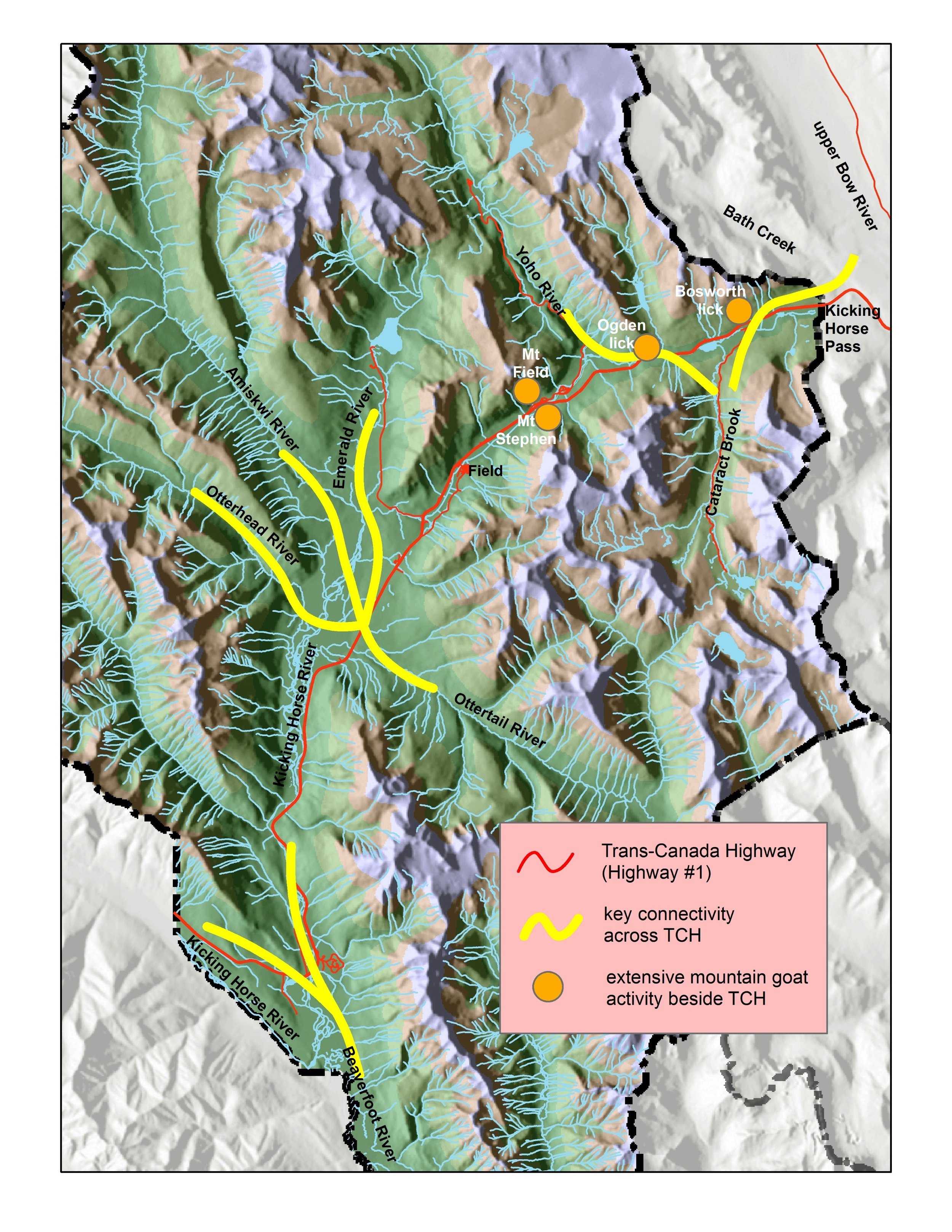
Climate Change
&
The Wildlife Connectivity Institute
At the Wildlife Connectivity Institute, our mission is to help agencies and the public learn more about climate driven droughts, fires, floods, storms, and other climate changes that affect wildlife’s ability to move, and to take action to protect those movements.
Connectivity and Climate Change Resources
This Resources Page provides information and links to protecting wildlife movement in the face of the climate crisis.
Journal Article on Wildlife Crossings & Climate Change
Evaluating and Elevating the Role of Road Wildlife Crossings in Climate Adaptation
An open access journal article in Frontiers in Ecology and the Environment
DOI: 10.1002/fee.2816
Our director Dr. Cramer was a co-author on this in-depth article about how predicting where wildlife will need to move in the future in the face of climate change, and how locating wildlife crossing mitigation proactively in those areas can help wildlife move and adapt to a future that may not look the same as today.
Climate Change and Wildlife Connectivity Conference
The Pew Charitable Trusts joined federal, state, and tribal partners in hosting the Corridors, Connectivity and Crossings Conference in Tucson, Arizona, in May, 2023.
The three-day event featured scientists, practitioners, and policymakers leading technical trainings, sharing research, and discussing policy innovations based on the latest developments in wildlife migration and landscape connectivity conservation. Dr. Cramer was a featured speaker.








